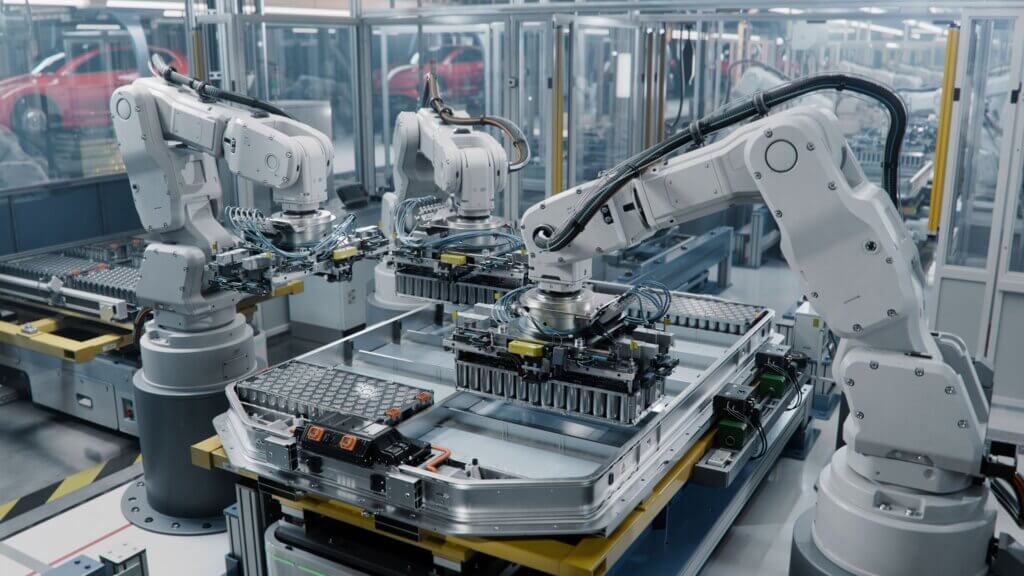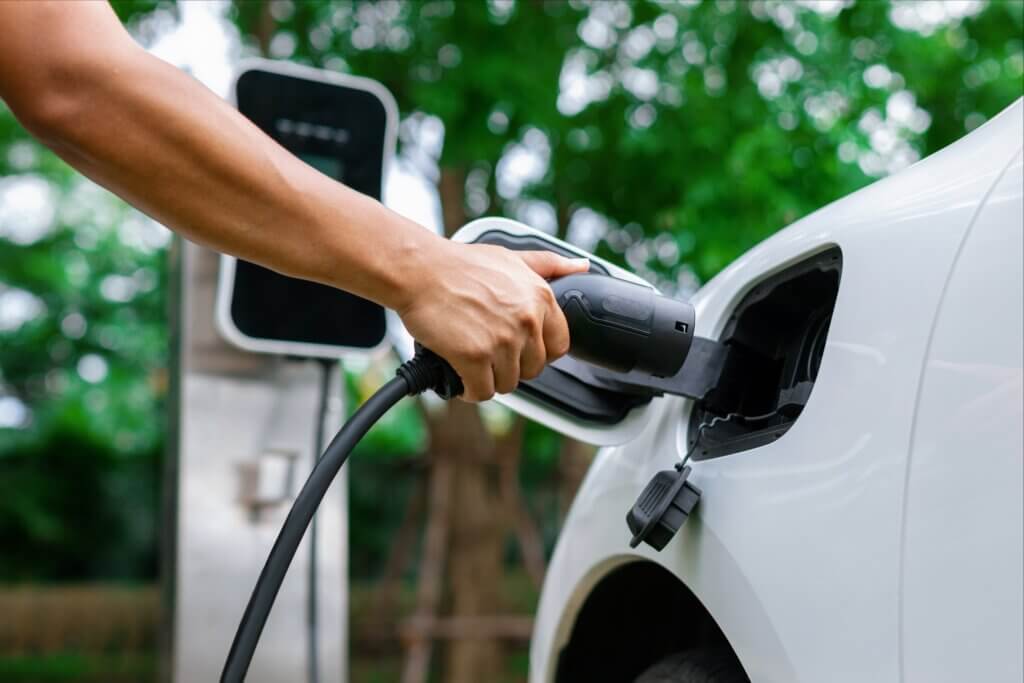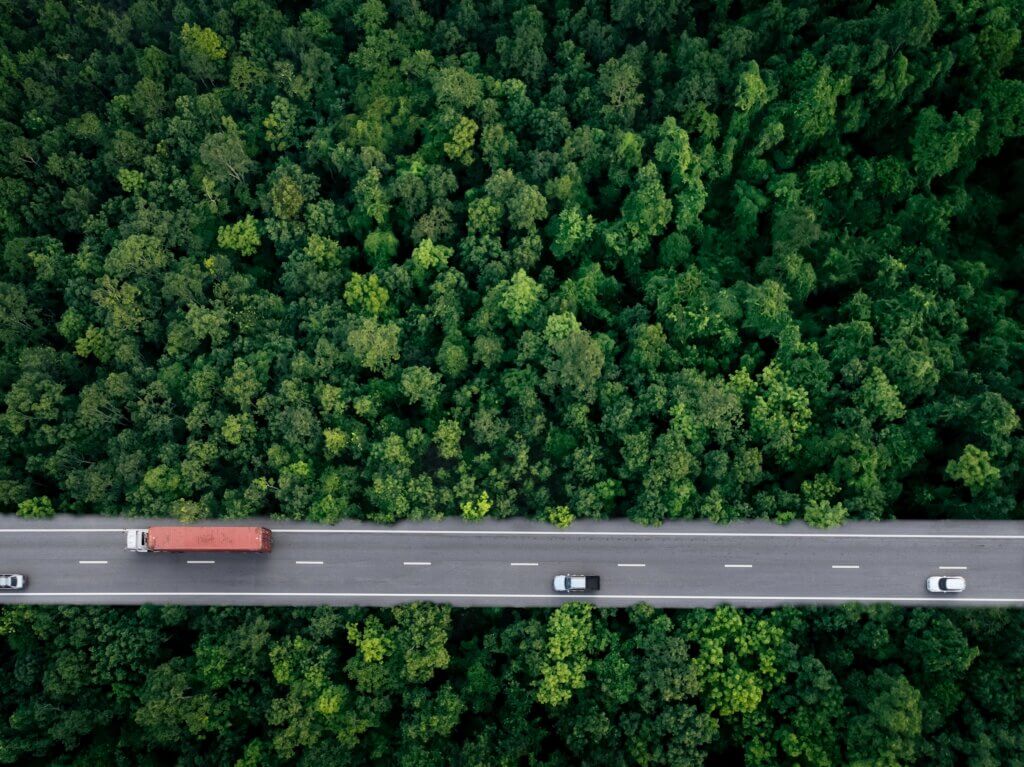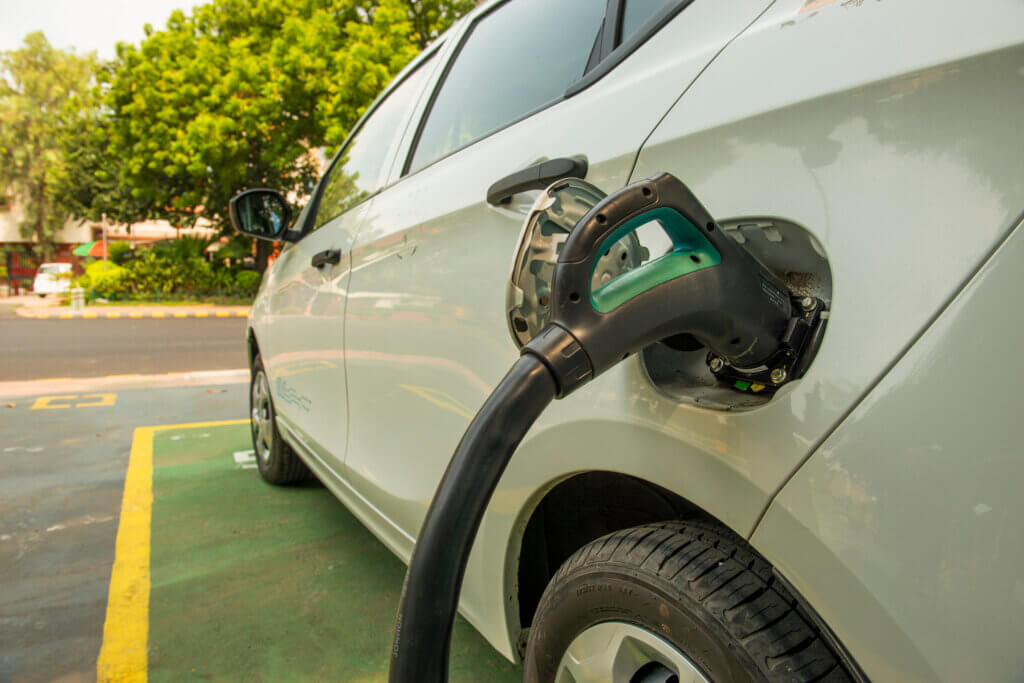Spooked by Climate-Driven Wildfires, Canada Fast Tracks EV Charging
Feeling newly urgent pressure to cut Canada’s greenhouse gas emissions quickly, the Liberal Government of Prime Minister Justin Trudeau is investing more millions to build a network of electric vehicle chargers. The climate-driven 2023 wildfire season was alarming, and Canada shares responsibility as the world’s 10th largest emitter of greenhouse gases.
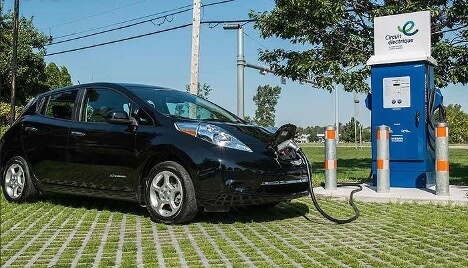
“We’re making electric vehicles more affordable and charging more accessible where Canadians live, work and play,” the man responsible for coordinating Canada’s EV charging network, Jonathan Wilkinson, the Minister of Energy and Natural Resources assures the nation.
This week, as Canadians savored the last few days of summer 2023, Minister Wilkinson took a zero-emissions vehicle for a drive of 270 kilometers (168 miles) along the north shore of the St. Lawrence River from Montreal to Trois-Rivieres and Quebec City to dramatize his announcement of new federal funding for EV chargers.
He was joined In Quebec City by representatives from across the industry to announce nearly C$30 million in federal investment funding to deliver 1,500 additional EV chargers across Quebec, including more than 400 fast chargers.
“Today, I announced federal investments to deliver over 1,500 new chargers across Quebec, from Rimouski to Gatineau and beyond. This will put more Canadians in the driver’s seat on the road to a prosperous net-zero future,” Wilkinson said.
“CANADIANS ARE MAKING THE SWITCH TO EVs BECAUSE IT IS A GREAT WAY TO SAVE MONEY WHILE ENSURING CLEAN AIR IN OUR COMMUNITIES AND FIGHTING CLIMATE CHANGE. IT’S ALSO, OVERALL, A BETTER DRIVING EXPERIENCE.”
– Jonathan Wilkinson, Minister of Energy and Natural Resources, Canada.
The EV charging network was already in the works by the start of 2023, but Wilkinson, who represents a district on the west coast in Vancouver, British Columbia, and others in the Liberal Government of Prime Minister Justin Trudeau, are feeling newly urgent pressure to cut Canada’s emissions quickly. The fierce, destructive 2023 wildfire season has convinced even some of the most determined climate deniers that the temperatures are in fact rising as a result of human behavior.
The fires forced thousands to flee their homes, burned about four percent of the entire forest area of Canada, and smothered the eastern United States with choking smoke. The consequences from the wildfires reached far beyond the burned areas with impacts due to air pollution threatening health, mobility, and economic activities of people across North America.
Climate change more than doubled the chances of the hot, dry weather that helped fuel the unprecedented 2023 wildfire season in Canada, finds an analysis released August 22.
The study, was conducted by a team of scientists in Canada, the Netherlands, and the UK, some from the agency Wilkinson heads, Natural Resources Canada.
All 13 provinces and territories have been affected this year, with large fires ablaze in Alberta, British Columbia, the Northwest Territories, Nova Scotia, Ontario, and Quebec. Human-caused climate change made the May-July fire season in Quebec half again more intense than usual and increased the potential for more severe fire seasons in the future, the researchers said.
As the world’s 10th largest emitter of the greenhouse gases, Canada shares responsibility for driving the planet’s rising temperatures.
Although hydroelectric dams and nuclear plants provide most of its electricity, between 1990 and 2021, Canada’s greenhouse gas emissions increased by 13.9 percent, driven primarily by increased emissions from Canada’s active oil and gas production sector and its transport sector.
On-road transportation accounts for 18 percent of Canada’s total greenhouse gas emissions, with almost half of these emissions coming from cars and light trucks, according to Natural Resources Canada.
On the other hand, the emissions intensity for the entire Canadian economy declined by 42 percent since 1990, but even so, the federal government aims to help Canadians make much deeper cuts to emissions by making it easier and more attractive to drive zero-emission vehicles than petrol-powered cars and trucks.
On December 21, 2022, Trudeau Government published draft regulations requiring that all new passenger vehicles and light trucks sold in Canada after 2035 be electric zero-emission vehicles.
Starting from the 2026 model year, automakers must ensure that 20 percent of new passenger vehicles available for sale in Canada are zero-emission, increasing to 60 percent by 2030 and 100 percent by 2035.
Where there are electric vehicles, there must be charging stations, and the federal government is moving with all deliberate speed to install over 45,000 chargers across the country. The vision is to build a coast-to-coast-to-coast network of charging stations placed where they will get the most use – along highways, in public places, and in multi-use residential buildings, at workplaces, and for vehicle fleets.
“WE ARE BUILDING THE NET-ZERO ECONOMY OF THE FUTURE, AND WE ARE DOING IT RIGHT NOW.”
– Steven Guilbeault, Minister of Environment and Climate Change, Canada
Funding is provided through Natural Resources Canada’s Zero Emission Vehicle Infrastructure Program. The government’s C$29.4 million will provide federal support for 1,578 chargers across 18 projects, including:
* – $21.7 million to the electric utility Hydro-Quebec to install 1,194 chargers, including 385 fast chargers
France Lampron, head of the Electric Circuit at Hydro-Quebec, said, “Quebec has set ambitious targets for the electrification of transportation, and Hydro-Quebec will play its full part in supporting this transition. We are pleased to be able to count on the support of Natural Resources Canada for the deployment of public charging stations in Quebec. Their contribution will help us achieve our objectives in the deployment of charging stations and continue to offer a reliable and accessible network to all electric vehicle drivers.”
On August 31, Lampron announced that the Electric Circuit is introducing new fast-charging stations with dynamic power sharing made by Kempower of Finland. Hydro-Quebec is offering them for the first time in Canada in the city of Riviere-du-Loup, Quebec.
* – $4.4 million to the Canadian National Railway to support 62 fast chargers at train stations across Canada, including 12 in Quebec
* – $1.3 million to Les Petroles R.L. Inc. to deploy 57 chargers across Quebec. This independent distributor of petroleum products provides 15 service stations in Quebec.
* – $375,000 to Bell Canada, which provides advanced wireless, Internet, TV, smart home and business services, to install 75 Level 2 chargers at workplaces across Quebec.
“As one of the largest fleet operators in Canada, adding thousands of electric vehicles by 2027 is a key initiative for Bell to reduce greenhouse gas emissions. This investment is a great step forward and directly aligns with our Bell for Better objective to achieve carbon neutral operations starting in 2025,” Jean-Luc Riverin, President, Bell Technical Solutions said.
* – $300,000 to Syndicat des coproprietaires Lowney sur Ville to install 60 Level 2 chargers in multi-use residential buildings in Montreal
* – $133,775 to the Conseil regional de l’environnement et du developpement durable de l’Outaouais to deliver 23 chargers across the Outaouais region in southwestern Québec
* – $88,311 to the Montreal-Trudeau International Airport to support the installation of 31 EV chargers there
* – Funding to help install another 126 chargers across Quebec, all of which will be available by 2025.
In addition to supporting charger deployment, the Government of Canada is helping consumers move toward more affordable and cleaner transportation. To date, 260,000 incentives to buy or lease a zero-emission vehicle have been provided to Canadians and Canadian businesses, including 137,000 from Quebec.
Canada’s Minister of Transport Pablo Rodriguez said, “More and more Quebecers are choosing to move towards electric vehicles, and the Government of Canada continues to help them make the switch thanks to purchase incentives and charging infrastructure. With the investment announced today, we are stimulating our economy, protecting our environment and creating good jobs for local workers.”
That statement sounds good, but CTV news reported August 30, citing information obtained upon request from Natural Resources Canada, that while two federal infrastructure programs have funded more than 43,000 EV chargers since 2016, “fewer than one in five of them are operational.”
Toute l’actualité de Movin’On
dans votre boîte mail
Auteur
Partager
Tweets de @movinonconnect
Movin’On News Special Edition - Movin’On Summit program
Movin'On News - EP01 - Movin'On Summit 2024 announcement
L’actualité de la mobilité durable
Découvrez les dernières tendances, des analyses thématiques et nos prochains rendez-vous

